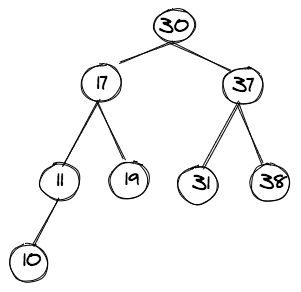The Marvel of Binary Trees: Understanding the Basics
What is a Binary Tree?
A Binary Tree is a specialized tree structure where each node has, at most, two child nodes. Interestingly, a binary tree can also be empty, meaning it has zero nodes.
The Recursive Nature of Binary Trees
One of the most intriguing aspects of binary trees is their recursive structure. What does this mean? Well, if you have a rule that applies to the tree, you can also apply that rule to each of its subtrees. In essence, each subtree is a smaller binary tree within the larger structure!

The Heart of a Binary Tree: The Node
To represent a binary tree, you really only need one data structure, aptly called a Node. A node will have:
- A Key: The data or value that the node holds.
- Left Child: A pointer or reference to the left child node.
- Right Child: A pointer or reference to the right child node.
Importance of the Root Node
The root node serves as your gateway to the entire tree. You can traverse to any other node starting from the root. A common pitfall for beginners is losing track of the root node, which makes the entire tree inaccessible. So, it's good practice to maintain a pointer to the root node and ensure it's not modified recklessly in the code.
1class Node {
2 constructor(val) {
3 this.val = val;
4 this.left = null;
5 this.right = null;
6 }
7}Here, we are assuming that key data type is an integer, just to keep things simple. But it should be noted that the key type can be any data structure which allows comparison operators, i.e.., <, >, >=, <=, ==.

